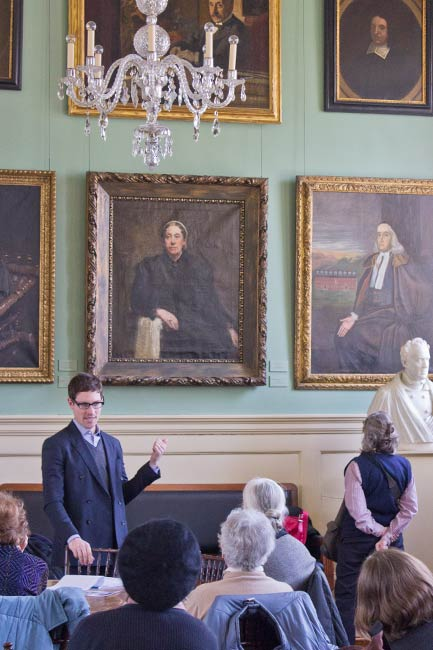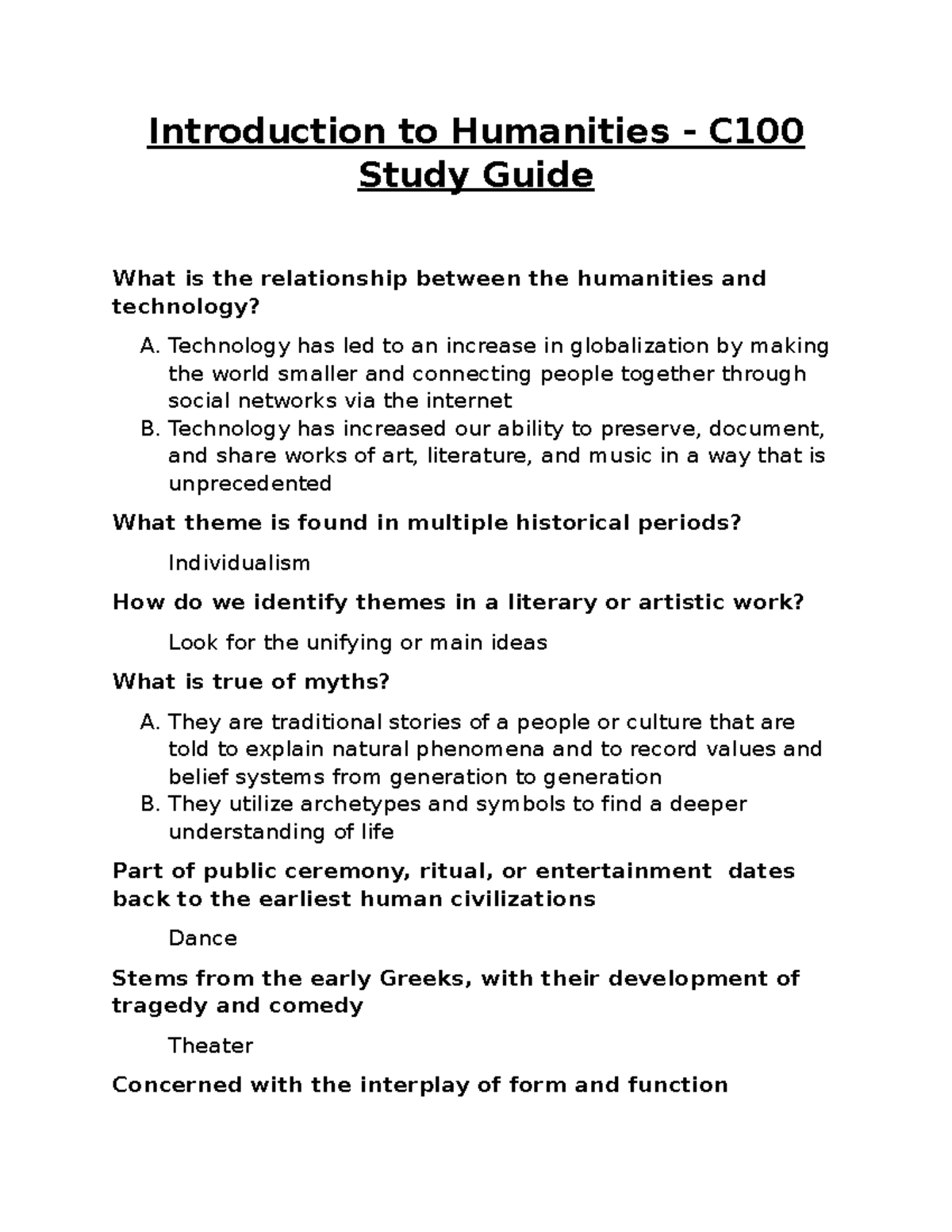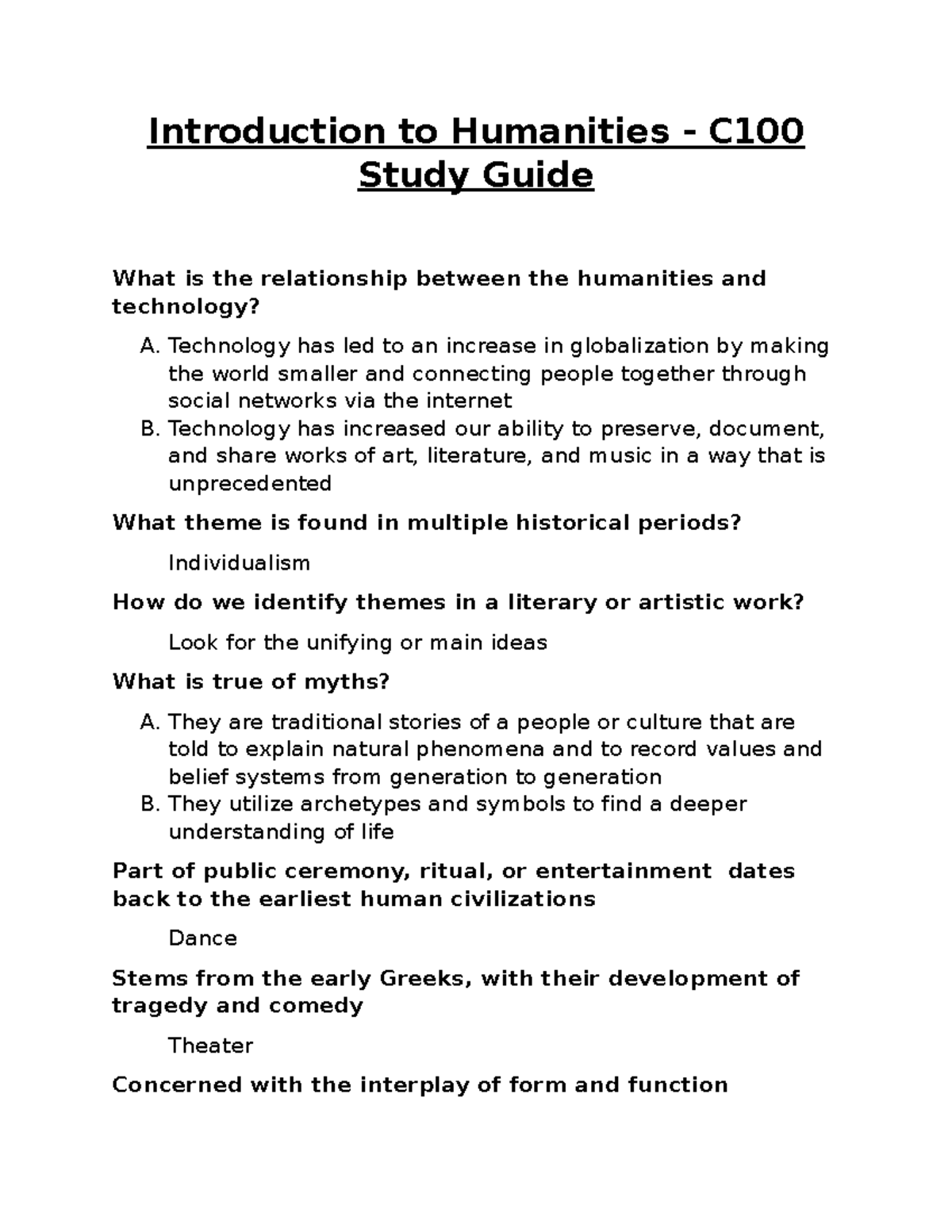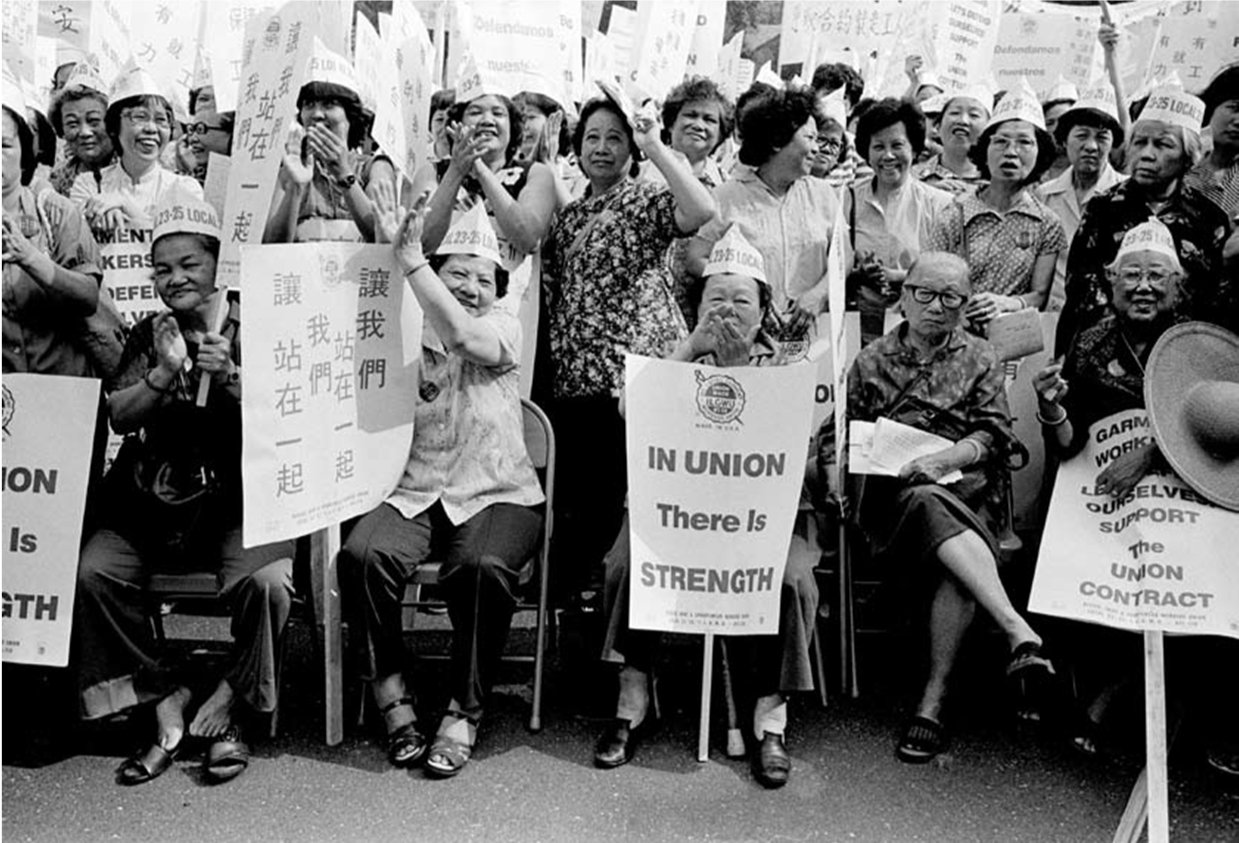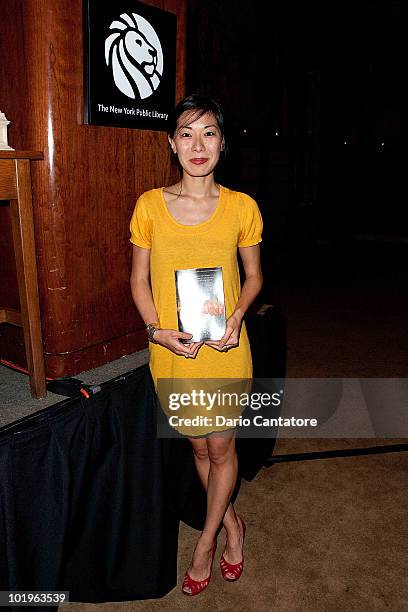The Harvard portraiture exhibition stands as a powerful testament to the intersection of art and social justice, showcasing the compelling work of Robert Shetterly and the Harvard Foundation Portraiture Project. This unique collection features narratives of courage from civil rights portrait artists who passionately illuminate the stories of female changemakers in art, making the invisible visible. Each portrait invites viewers to witness the profound impact of these individuals on society, urging them to engage deeply with their artistic representations. Through the lens of hope and transformation, the exhibition emphasizes the importance of amplifying overlooked voices and challenging societal norms. Visitors are invited to explore the dialogue between art and activism, discovering how social justice through art can incite meaningful change in our communities.
The Harvard portraiture exhibition, a notable showcase of artistic expression, explores the dynamics of representation and social advocacy. Featuring the heartfelt artworks of Robert Shetterly alongside influential figures from the Harvard Foundation Portraiture Project, this exhibit highlights pivotal moments in the journey toward equity and justice. The event celebrates the artistic contributions of individuals who have fought tirelessly for civil rights, particularly focusing on the narratives of women who are changemakers within the art world. By engaging with the profound stories captured in these portraits, attendees can reflect on the broader implications of art as a vehicle for social change and collective empowerment. This exhibition serves not only as an artistic endeavor but as a compelling reminder of the role that creativity plays in shaping our understanding of history and identity.
Exploring the Impact of Robert Shetterly’s Art
Robert Shetterly, a prominent artist known for his series “Americans Who Tell the Truth,” has made significant contributions to art that advocate for social justice. His work meticulously portrays individuals who have demonstrated remarkable courage in the face of societal oppression and injustice. These portraitures serve not only as a visual representation but also as a narrative tool that encapsulates the essence of these ‘truth-tellers.’ Through his art, Shetterly encourages viewers to reflect on the values of integrity and bravery in promoting change within their communities.
Shetterly’s artistic approach utilizes symbolism and color to communicate complex emotions and narratives related to civil rights and social issues. Each portrait becomes a dialogue between the subject and the observer, inviting deeper engagement. By incorporating quotes that resonate with the portrayed individuals, he enhances the storytelling aspect of his artwork, urging gallery-goers to pause and contemplate the profound messages behind each image, thus fostering a more intimate connection between art and activism.
Harvard Foundation Portraiture Project: A Legacy of Representation
The Harvard Foundation Portraiture Project is a vital endeavor aimed at diversifying the visual representation of influential figures within academic circles. Launched amidst a movement for greater inclusivity, the project highlights individuals from various backgrounds who have significantly impacted their fields and society at large. By showcasing these portraits, the foundation not only honors their legacies but also challenges the traditional narrative often seen in academic spaces, where representation has historically been limited.
Through collaborations with artists like Robert Shetterly and Stephen Coit, the Harvard Foundation has succeeded in creating a platform that amplifies marginalized voices. This initiative emphasizes the importance of recognition in fostering an environment where diverse perspectives can thrive. The portraits reflect the resilient spirit of civil rights activists and change-makers, particularly female artists and leaders who have shaped the cultural landscape, inviting viewers to reflect on their contributions to social justice and equity.
The Role of Female Changemakers in Art and Society
In the realm of art, female changemakers have continually played pivotal roles in shaping cultural narratives and advocating for social justice. The representation of women within the arts—a focal point of the recent exhibit at Harvard—serves as a testament to their strength and resilience. Not only do these portraits illuminate the work of extraordinary women, such as civil rights activists and scholars, but they also inspire future generations to pursue their passions with courage and conviction.
The portrayal of female figures in art is crucial, as it challenges the historical underrepresentation of women in mainstream narratives. By highlighting their stories and contributions, artists like Robert Shetterly and the Harvard Foundation underscore the significance of gender equity in the arts. This serves as a rallying call for aspiring artists and advocates to recognize their agency and participate actively in the ongoing fight for social justice, harnessing art as a powerful medium for change.
Social Justice through Art: A Transformative Approach
Art has long been recognized as a powerful vehicle for social change, and initiatives like the Harvard Foundation Portraiture Project exemplify this potential. The act of creating portraits that celebrate individuals who challenge injustice resonates deeply within the framework of civil rights advocacy. Each painting invites audiences to engage with broader discussions about representation, identity, and the fight for equality, prompting reflections on societal values and the role of individuals in cultivating change.
By employing visual storytelling, artists can elicit empathy and provoke critical thought regarding pressing social issues. The works featured in the Harvard exhibition underscore how transformative art can be in highlighting injustices while honoring those who have devoted their lives to advocacy. In this way, the exhibition not only showcases artistic talent but also reinforces the notion that art and activism are intertwined, with each portrait serving as a catalyst for dialogue around social equity.
Engaging with History through Portraiture
Portraiture as a form of art offers a unique lens through which we can engage with history. The recent exhibition at Harvard featuring works from both Robert Shetterly and the Portraiture Project offers viewers the opportunity to connect with past and present leaders in the fight for justice. By bringing these historical figures to life on canvas, artists contribute to our understanding of the complexities surrounding civil rights movements and the individuals who galvanized change.
Through careful selection of subjects and the stories told through their portraits, this art form serves as a conduit for remembrance and reflection. The exhibited pieces call attention to the narratives that have often been sidelined, emphasizing the importance of honoring those who have forged the path towards social justice. This approach to portraiture not only preserves history but also inspires active involvement in the ongoing quest for equity and representation.
Understanding Courage in Art through Robert Shetterly’s Lens
The theme of courage permeates Robert Shetterly’s body of work, particularly as he paints figures known for their willingness to stand against injustice. As he remarked in discussions surrounding his art, each subject embodies a unique courage that resonates with their moment in history. This perspective adds depth to the viewing experience, pushing observers to confront the often arduous realities faced by change-makers throughout time.
By incorporating personal narratives and quotes into his portraits, Shetterly enhances the impact of his work, prompting viewers to reflect on the sacrifices made by these individuals. The focus on courage as a central theme fosters a deeper understanding of the motivations driving activism and highlights the power of art as a form of protest and self-expression. This blend of personal and political history allows art to function as a transformative tool for fostering empathy and awareness in society.
Art as a Catalyst for Community Dialogue
Exhibitions like the one showcased at Harvard play an essential role in catalyzing community dialogue surrounding social issues. By presenting art that highlights the stories of marginalized individuals, the art fosters conversation about representation, identity, and equity. This kind of engagement encourages audiences not only to reflect on the art itself but also to consider their own roles within societal structures and movements for change.
Moreover, these exhibitions provide a vital space for shared learning and communal reflection. By gathering diverse perspectives around shared themes of social justice, participants can cultivate a robust dialogue that deepens their understanding of complex issues. The inclusion of various voices in these discussions reinforces the importance of collaboration and collective action in the ongoing struggle for justice and equality.
Innovative Techniques in Portraiture: The Artistic Process
Robert Shetterly’s artistic process includes innovative techniques that bring his subjects to life on canvas. By incorporating elements such as direct quotes into the very fabric of his portraits, he creates a dynamic interplay between image and text. This approach not only gives weight to his subjects’ words but also invites viewers to engage more deeply with the narratives being expressed. The tactile quality of his work, achieved through the use of wood panels and various tools, contributes to a unique aesthetic that enhances the emotional impact of each painting.
Additionally, Shetterly’s technique of utilizing palette knives and his fingers allows for a more intimate connection with the artwork. This method creates layers of texture and depth that reflect the multifaceted identities of the individuals he portrays. The portrayal of civil rights leaders and changemakers through this innovative lens not only captivates the viewer’s attention but also serves to disseminate powerful messages about resilience and activism, illuminating the profound relationship between technique and meaning in art.
Celebrating Changemakers: The Impact of Visual Representation
Visual representation of changemakers within the arts serves as a powerful reminder of the diverse legacies that shape our society. The portraits displayed in the Harvard exhibition celebrate the lives and contributions of women and men who have courageously fought for justice across various fields. By highlighting these figures, the exhibition emphasizes that visual art can elevate the voices of those often overshadowed in historical narratives, serving as a form of recognition and appreciation for their efforts.
Moreover, by showcasing these portraits, such initiatives inspire current and future generations to strive for change in their respective spheres. The impact of seeing one’s identity and culture represented in art cannot be overstated, as it fosters belonging and validates the experiences of diverse individuals. In essence, the exhibition serves not only to honor these exceptional figures but also to ignite passion and purpose in the broader community’s quest for equity and justice.
Frequently Asked Questions
What is the Harvard portraiture exhibition and how does it connect to Robert Shetterly’s art?
The Harvard portraiture exhibition titled ‘Seeing Each Other’ showcases the portraiture projects initiated by Robert Shetterly, particularly his ‘Americans Who Tell the Truth’ series. This exhibition highlights diverse voices and female changemakers in art, aligning with the Harvard Foundation Portraiture Project’s mission to promote social justice through artistic representation.
How does the Harvard Foundation Portraiture Project contribute to civil rights and social justice?
The Harvard Foundation Portraiture Project addresses civil rights by diversifying the representation of individuals celebrated on campus. It collaborates with artists like Robert Shetterly to amplify the stories of those who have fought for social justice, encouraging a deeper understanding of their contributions and the ongoing struggles for equality.
Who are some notable figures featured in the Harvard portraiture exhibition aimed at highlighting gender equity?
The exhibition features several prominent figures, including civil rights activist Pauli Murray, former U.S. Treasurer Rosa Rios, and youth advocate Regina Jackson. These portraits serve to celebrate female changemakers in art and highlight their critical roles in the fight for gender equity and social justice.
What artistic techniques does Robert Shetterly use in his portraiture at the Harvard exhibition?
Robert Shetterly employs unique techniques in his portraiture, painting on wood panels and incorporating the subjects’ quotes directly into the artwork. This method not only enhances the visual impact but also deepens the connection between the viewer and the message behind each portrait, making the stories of civil rights icons more personal and accessible.
What themes does the Harvard portraiture exhibition explore within the context of social justice?
The Harvard portraiture exhibition explores themes of hope, change, and representation in social justice. By showcasing the portraits of influential figures, the exhibition aims to foster a conversation about the courage required to challenge societal norms and fight for equity, emphasizing the importance of solidarity and advocacy in artistic expression.
What role do women artists play in the Harvard portraiture exhibition’s narrative?
Women artists play a crucial role in the narrative of the Harvard portraiture exhibition. The exhibition highlights the contributions of female changemakers and civil rights leaders, showcasing their stories through portraiture. This celebration of female voices emphasizes their impact on social movements and challenges the traditional male-dominated art world.
How can I engage with the themes presented in the Harvard portraiture exhibition?
Visitors can engage with the themes of the Harvard portraiture exhibition by taking time to reflect on the portraits and the stories they represent. Attendees are encouraged to read the quotes inscribed in the artwork, participate in discussions about social justice, and consider how these narratives resonate with current societal issues.
Where can I view the portraits from the Harvard Foundation Portraiture Project and Robert Shetterly’s series?
The portraits from the Harvard Foundation Portraiture Project and Robert Shetterly’s ‘Americans Who Tell the Truth’ series can be viewed at the Harvard campus during the exhibition ‘Seeing Each Other.’ This exhibition provides an opportunity to appreciate the artistry and the powerful messages conveyed through the portraits.
| Key Points |
|---|
| The Harvard Portraiture Exhibition showcases the works of Robert Shetterly and the Harvard Foundation Portraiture Project. |
| It focuses on the themes of hope, change, and representation by highlighting overlooked voices in society. |
| Shetterly initiated his portrait series as a form of protest against U.S. government actions, aiming to inspire change through his art. |
| The exhibition includes notable figures like Rosa Rios, Pauli Murray, and Sherrilyn Ifill, emphasizing gender equity and mutual support. |
| Shetterly’s technique involves carving quotes into the wood panel from which he creates portraits to create a deeper engagement with the viewer. |
| The exhibition aims to encourage viewers to reflect on the subjects’ stories and contributions to social justice. |
Summary
The Harvard portraiture exhibition serves as a profound reminder of the importance of representation in art and society. It elevates the voices of historically overlooked figures, showcasing their courage and commitment to social change. By bringing together the artwork of Robert Shetterly and the Harvard Foundation Portraiture Project, the exhibition not only captures individual stories but also highlights the collective struggle for equity and justice. Through this initiative, the Harvard portraiture exhibition fosters a reflective dialogue among visitors, making it a vital cultural event that resonates with the ongoing fight for inclusivity.
